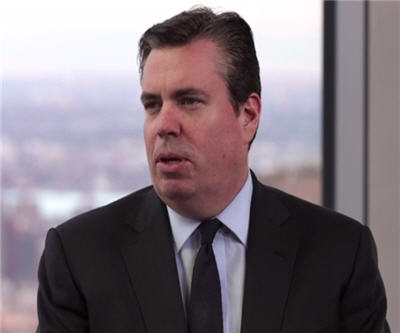Goldman: No reason to change prediction of 20% drop in gold price

The gold price continued its recent strong run on Monday, boosted by safe haven buying after clashes over the weekend in Ukraine put markets on edge.
On the Comex division of the New York Mercantile Exchange, gold futures for June delivery last traded at $1,326 an ounce, a near 4-week high and up 10.7% since the start of the year.
The 2014 rally in the price of gold has not convinced most bears, and on Monday Goldman Sachs said it’s sticking to its original forecast of gold at $1,050 an ounce by the end of the year.
Bloomberg quotes chief gold analysts at the investment bank Jeffrey Currie, who last year called the yellow metal a “slam dunk sell”, as saying a recovering US economy and rising interest rates are the main reasons gold will weaken.
“It would require a significant sustained slowdown in U.S. growth for us to revisit our expectation for lower gold prices over the next two years,” Currie wrote in the report, dated
yesterday. “While further escalation in tensions could support gold prices, we expect a sequential acceleration in both U.S. and Chinese activity, and hence for gold prices to decline.”
The median forecast for the fourth quarter 2014 of the nine gold analysts tracked business news wire Bloomberg is $1,165 an ounce and the two most accurate gold price forecasters in the group are even more bearish seeing declines similar to that of Goldman Sachs.
Rising US bond yields and market rates makes gold less attractive as an asset because the metal is not income producing.
Higher rates also boost the value of the dollar which usually move in the opposite direction of the gold price.
Some bulls have made the case that gold can appreciate despite these factors, because the US Federal Reserve is likely to be purchasing additional assets (and hence adding stimulus) until late this year and it may still be several years before US monetary policy is normalized.
In addition, other globally important central banks are still likely to ease monetary policy further, notably the Bank of Japan but probably also the ECB.
While last year saw gold’s worst performance in over three decades, the price of the precious metal is still up 60% from where it was before the Fed first introduced its monetary stimulus program in December 2008.
Image of Jeffrey Currie from Youtube
{{ commodity.name }}
{{ post.title }}
{{ post.date }}

Comments
Tom
There is no catalyst for gold to go up other than speculation.